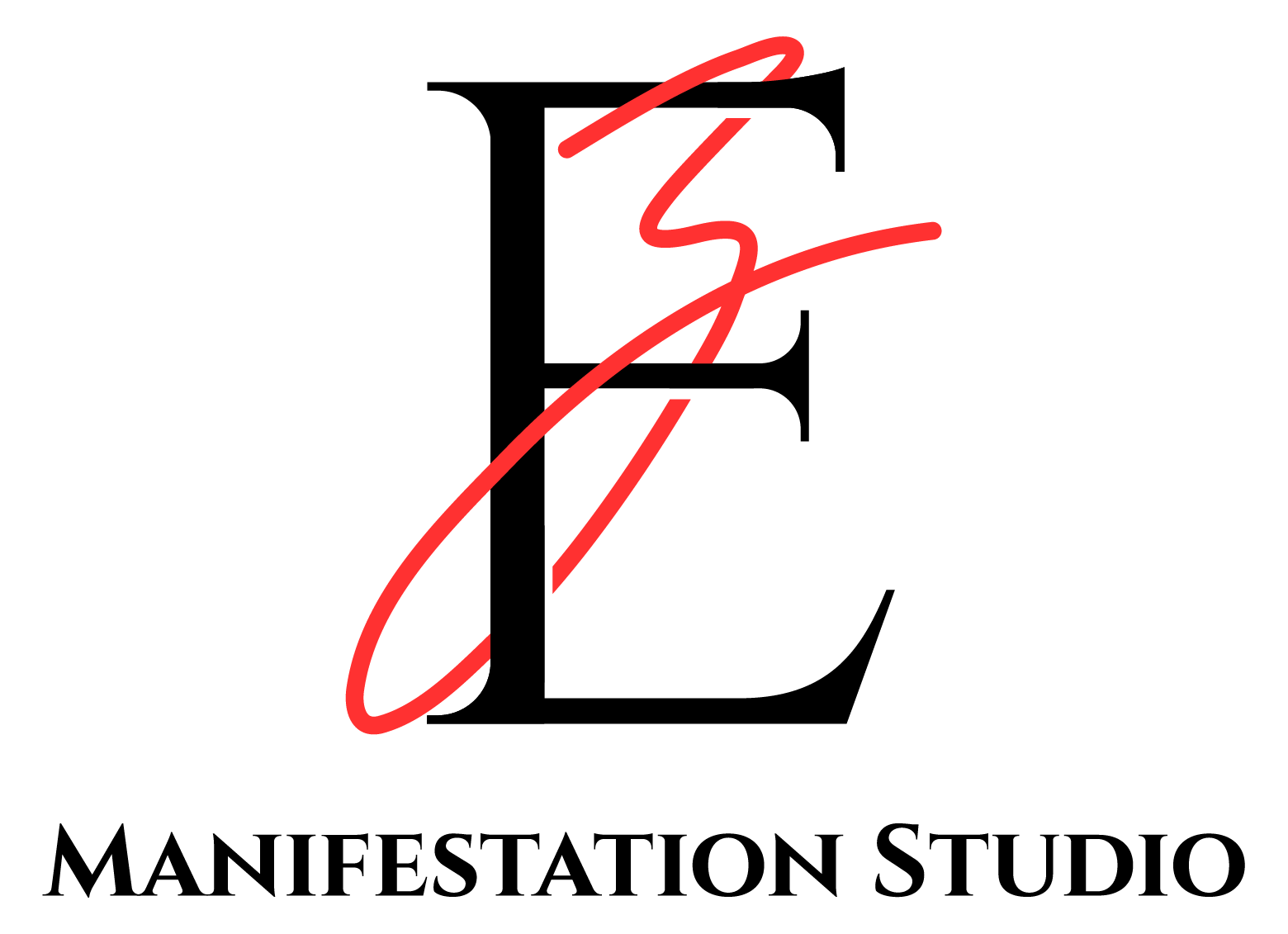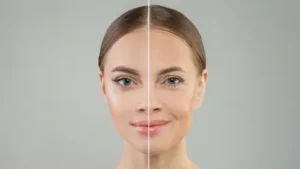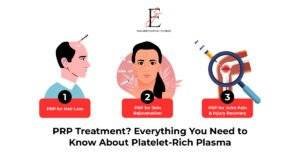
Are you also tired with constant hair loss, aging skin or persistent pain in joints? Recently, platelet rich plasma (PRP) treatment has attracted a lot of attention due to its unexpected capacity to support regeneration and repair. For all the right reasons, it is gaining popularity in orthopedics, regenerative medicine, and aesthetics.
Without the use of artificial chemicals or surgical techniques, PRP restores, repairs, and rejuvenates the body using its own natural healing mechanisms. PRP is sometimes referred to as the “vampire facial” or non surgical hair restoration, but it can be just what you need!
Table of Contents
ToggleWhat Is PRP Treatment?
The patient’s blood is used in platelet rich plasma treatment, or PRP therapy, to aid in the body’s natural tissue regeneration and repair. To separate platelets from other blood components, a little volume of blood must be treated in a centrifuge.
At the site of the damage, the body will get another injection of these growth factor rich platelets. PRP speeds up healing, lowers inflammation, promotes tissue repair, and improves the body’s recuperation. PRP uses the body’s natural capacity to heal and rejuvenate and is less intrusive.
The procedure usually includes:
- About 10 to 15 ml of your blood is drawn.
- To separate platelets from red and white cells, the blood is centrifuged.
- There are two ways of using the concentrated platelet rich plasma injection: topically (as in a facial) or intravenously (like in the scalp or joints).
PRP treatment is natural, minimally intrusive, and frequently devoid of serious side effects or allergic responses since it uses your own blood.
PRP as an All Natural, Non Surgical Hair Loss Treatment
Experiencing thinning hair or receding hairlines? PRP for hair loss is one of the most researched and effective treatments available to promote natural hair growth. And it works especially well for patients with androgenetic alopecia, male/female pattern baldness.
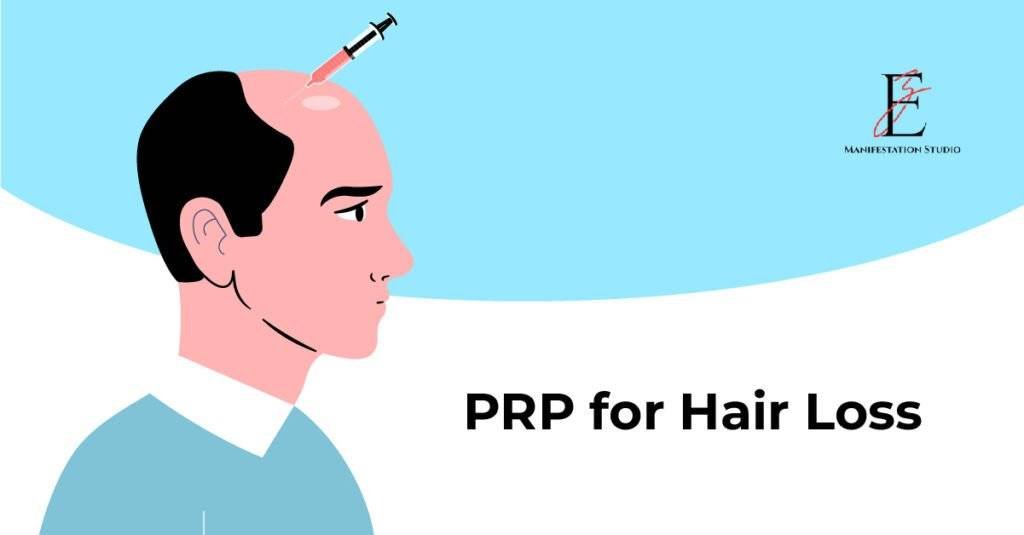
How It Works:
- PRP is injected into the scalp to treat thinning areas.
- The growth factors contained in platelets work to rejuvenate hair follicles, increase blood flow, and also promote thicker, stronger hair to grow.
Benefits:
- Non drug and non surgical hair restoration
- Minimal downtime
- Safe for men and women
Following PRP therapy, patients typically start to notice improvements between three to six months especially if they combine it with topical medications like minoxidil or microneedling.
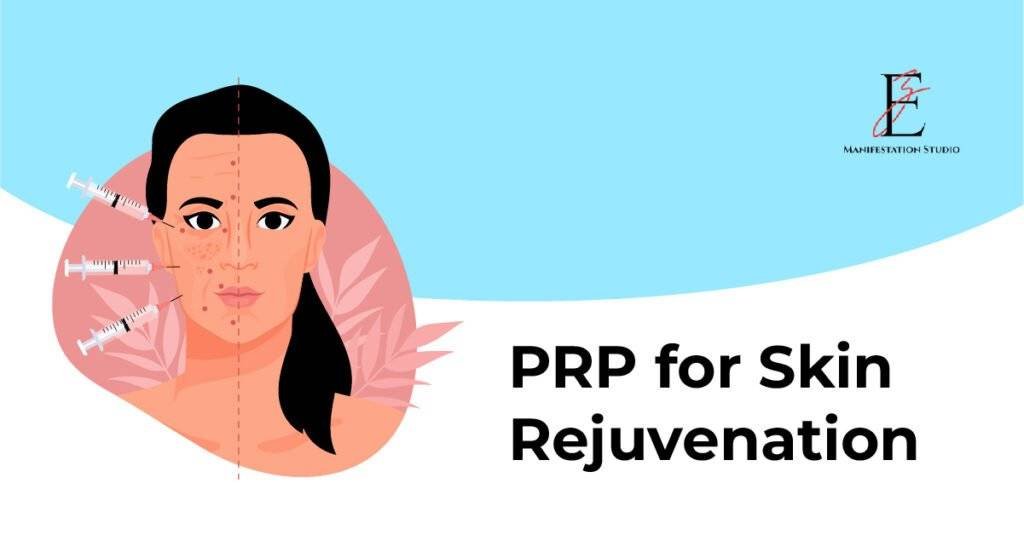
Glow From Within with PRP for Skin Rejuvenation
Popularized by celebrities and influencers, PRP facials sometimes referred to as the “vampire facial” provides a glowing transformation utilizing the regenerative potential of your own body.Why It Works:
When PRP is used in conjunction with microneedling, the plasma can enter the skin more deeply through microchannels. This lessens the look of aging, increases skin suppleness, and promotes the creation of collagen.
Targets:
- Fine lines and wrinkles
- Acne scarring
- Sun damage
- Dark circles
PRP for skin rejuvenation, whether injected or administered topically, results in firmer, smoother, and more glowing skin without the use of fillers, lasers, or toxins.
PRP for Recovering from Injuries and Joint Pain
PRP is a potent treatment for soft tissue injuries, arthritis, and joint discomfort in sports medicine and orthopedics. It is frequently used in place of surgery or cortisone injections.
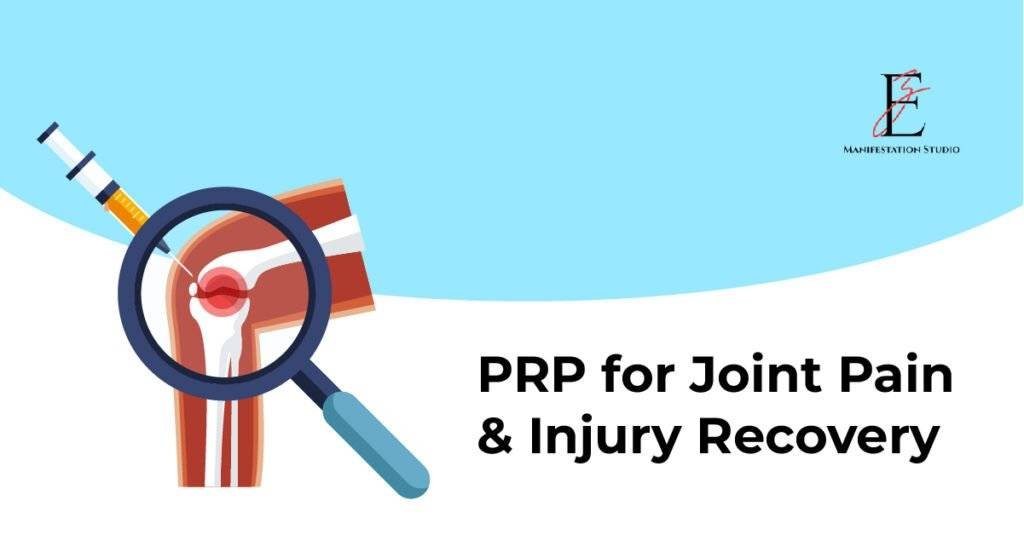
What It Aids In:
- Osteoarthritis (especially knees)
- Tendon injuries
- Rotator cuff tears
- Tennis elbow
- Plantar fasciitis
How It Heals:
A healing reaction is triggered in the body when platelet-rich plasma is injected directly into the damaged joint or tendon. Long lasting comfort is produced by this healing reaction, which also aids in tissue regeneration and lowers inflammation.
Patients often report improved function, increased mobility, and less discomfort after a few weeks of treatment.
What Should You Expect from PRP Treatment
Whether you are having a PRP facial, a PRP scalp treatment, or a PRP injection into your joint, here is a very general idea of what to expect:
- Consultation: A specialist reviews your condition and eligibility.
- Preparation: A small blood sample is obtained and processed.
Application:
- For hair or skin: PRP is injected or applied right after microneedling.
- For joints: platelets rich plasma is injected directly into the area of concern.
Recovery:
- You may have mild swelling, redness, or tenderness.
- Downtime is minimal during the recovery phase, generally 24 to 40 hours.
Most appointments last between 30 to 60 minutes, and patients resume their normal activities not long after.
How Often Do You Need To Get PRP Treatment & How Long Do The Results Last?
The number of PRP treatment sessions depends on the target and the condition being treated.
- Hair Loss: 3 to 6 total sessions every 4 to 6 weeks
- Skin Rejuvenation: 3 sessions a month provide ideal results
- Joint Pain: 1 to 3 sessions depending on severity
How Long Do The Results Last?
- Hair: Results can last for 12 months or more, depending on your hair care and with a maintenance schedule of every 6 to 12 months.
- Skin: Usually over time the glow and tightness improves, but maintenance every 6 months is ideal.
- Joints: Pain relief typically lasts for 6 to 12 months or longer with proper natural care and overall health.
Are There Side Effects and Downtime?
As PRP uses your body’s own plasma it has a very low risk of side effects. However, mild and temporary symptoms may include:
- Swelling or redness
- Mild pain or bruising at the injection site
- Itching or dryness (especially after facials)
Since there is little to no downtime, PRP is a very popular option for busy people. Most people return to work the same or next day.
PRP vs. Microneedling: Which is Superior?
The same question comes up quite often in aesthetic clinics. Even though PRP and microneedling work well on their own, PRP microneedling could provide even better outcomes.
Aspect | Microneedling Alone | PRP with Microneedling |
Mechanism | Micro injuries stimulate collagen | Enhanced with growth factors from PRP |
Recovery | 1–2 days | Slightly longer but deeper results |
Ideal For | Fine lines, texture, scars | Wrinkles, pigmentation, aging skin |
PRP microneedling is a better option than microneedling if you desire a deeper level of
skin renewal and faster recovery.
What Is the Cost of PRP Therapy?
The location of a facility, the number of sessions, and the treatment area all affect the PRP treatment costs.
PRP therapy service
Cost (USD)
Hair Restoration
$400 to $1,500/session
PRP Facial
$500 to $1,200/session
Joint Injections
$300 to $1,000/session
If you’re considering getting PRP treatment and want to learn more about treatment options, costs, and suitability, you can book a consultation with the specialists at Manifest with EZ. You’ll receive expert care for any purpose, joint pain relief, skin rejuvenation, or hair loss, and you’ll receive personalized recommendations and pricing to help you achieve your goals.
Conclusion
PRP therapy signifies a major product development in non invasive, regenerative medicine with implications from reversing hair loss and rejuvenating skin to managing chronic joint pain.
Platelet rich plasma treatment will be advantageous for osteoarthritis, tendon injuries, and hair loss since it activates tissue repair and reduces inflammation associated with pain. It is safe, all natural, and uses your natural healing mechanism in your own body to produce perceptible and long lasting effects.
If you desire treatment that cooperates with your body’s physiology and not against it, PRP therapy may be the breakthrough step towards your wellbeing and confidence.
FAQs
How does PRP treatment work and what is it?
Can hair loss be effectively treated with PRP?
Which is better, PRP or microneedling?
How many sessions of PRP are required to see results?
Does PRP treatment have any negative effects?
What is the duration of PRP treatment?
Is PRP safe for dark circles beneath the eyes?
Can PRP relieve arthritis or joint pain?
Author

Maria Seth
Maria Seth writes for the Manifestation Studio blog to educate people about safe, effective beauty practices. With a background in skin rejuvenation and holistic skincare, she focuses on cutting through the noise, so readers know what’s real, what’s right, and what actually works.
Related Blogs
What Is Microneedling? Benefits, Process, Safety, and Results Explained
What is Microneedling? Microneedling is an advanced surface rejuvenation technique...
Read MorePRP Under Eyes A Solution for Dark Circles and Puffiness
Wondering why your eyes always look tired, no matter how...
Read MoreTop Anti-Aging Treatments for Youthful Skin
## Quick Takeaways: Retinoids increase cell turnover for a smoother,...
Read More